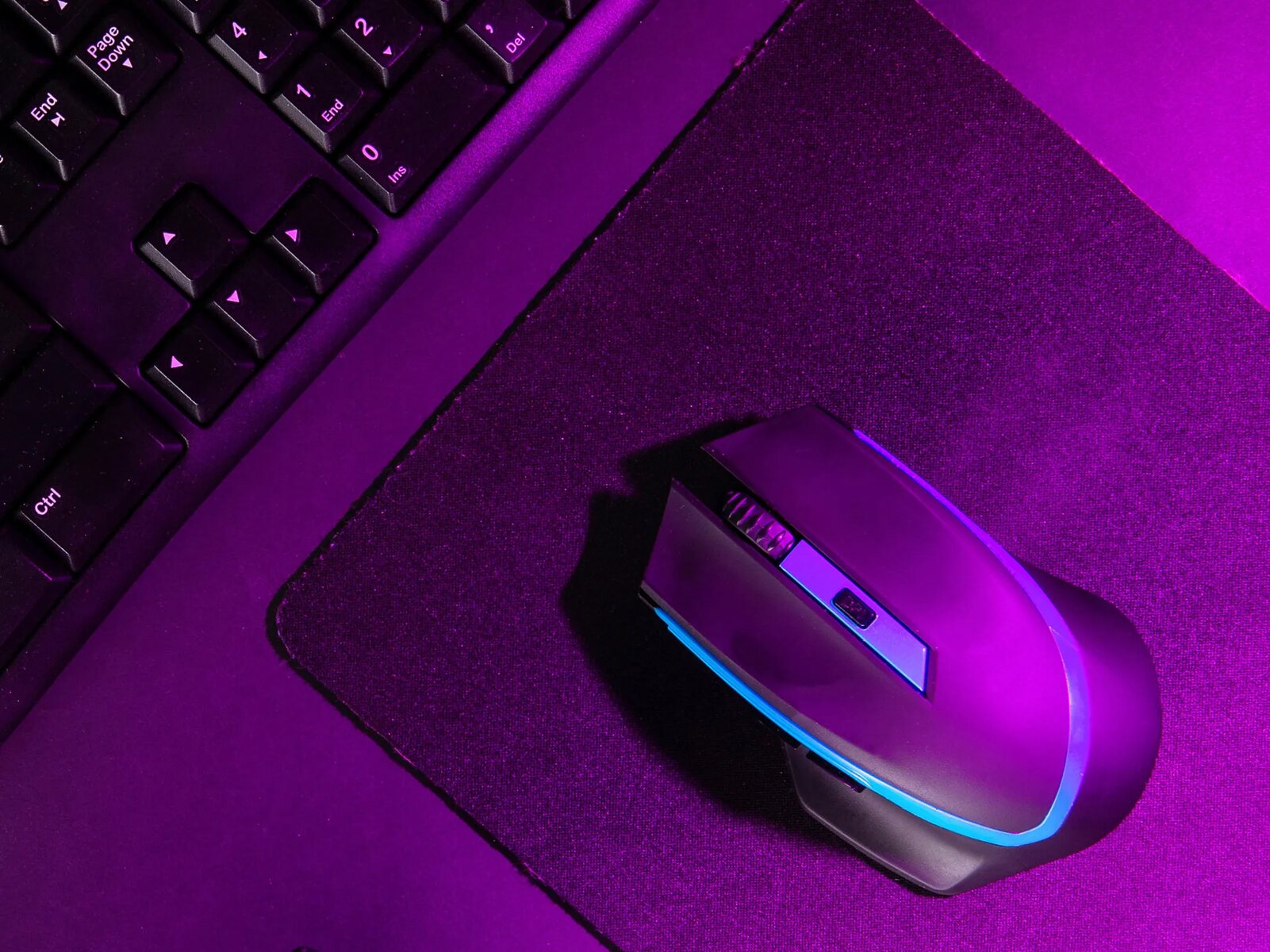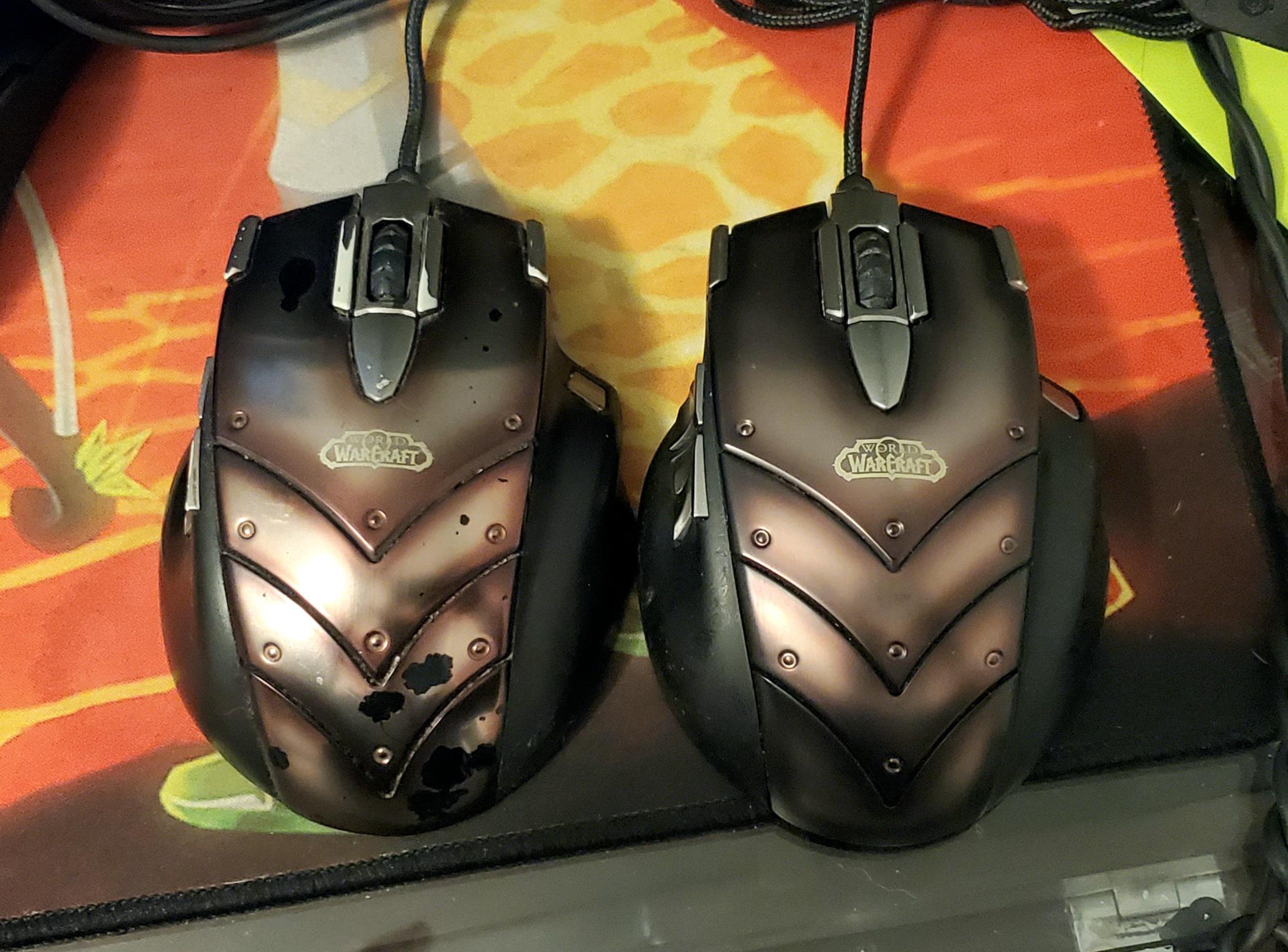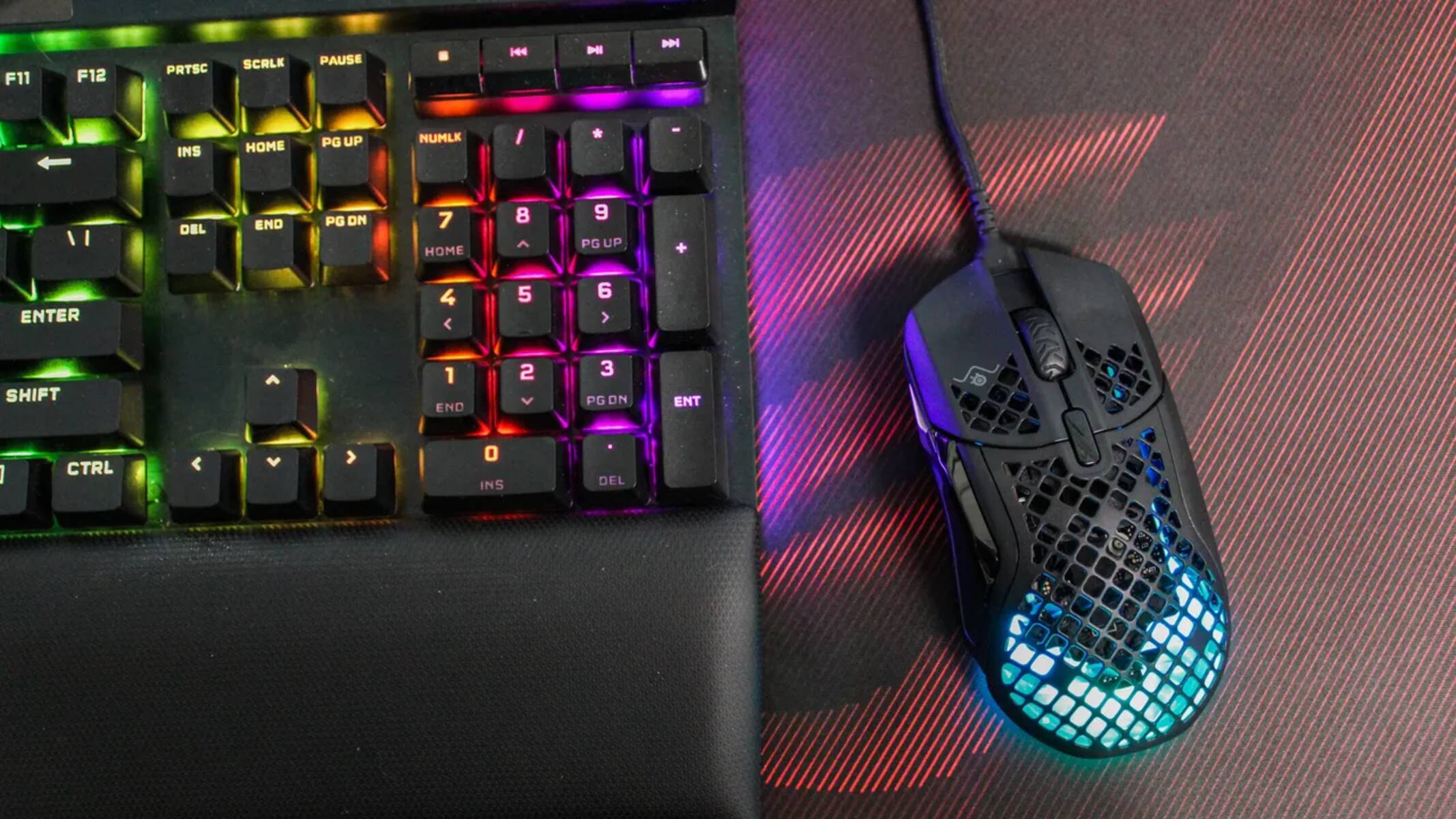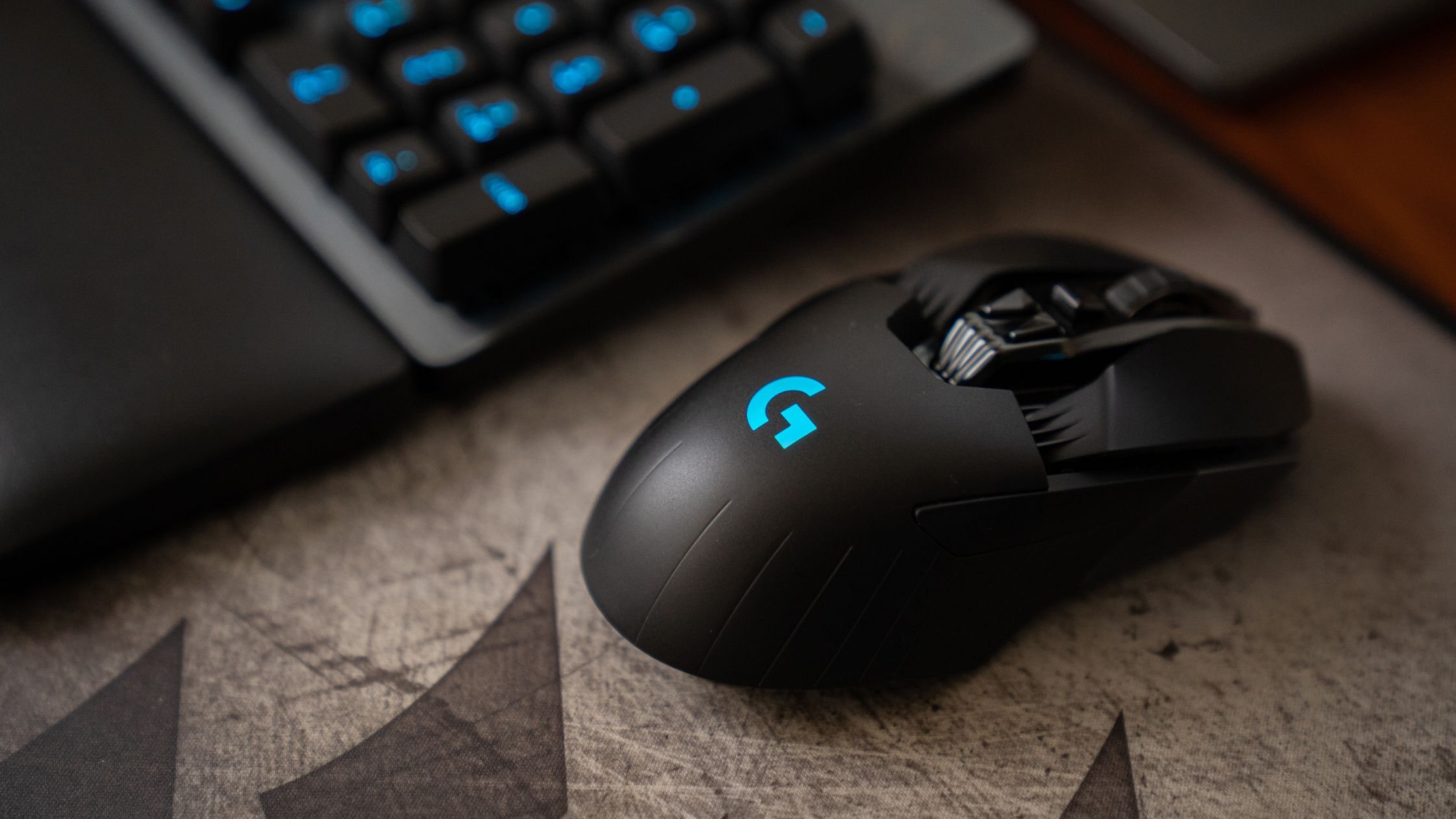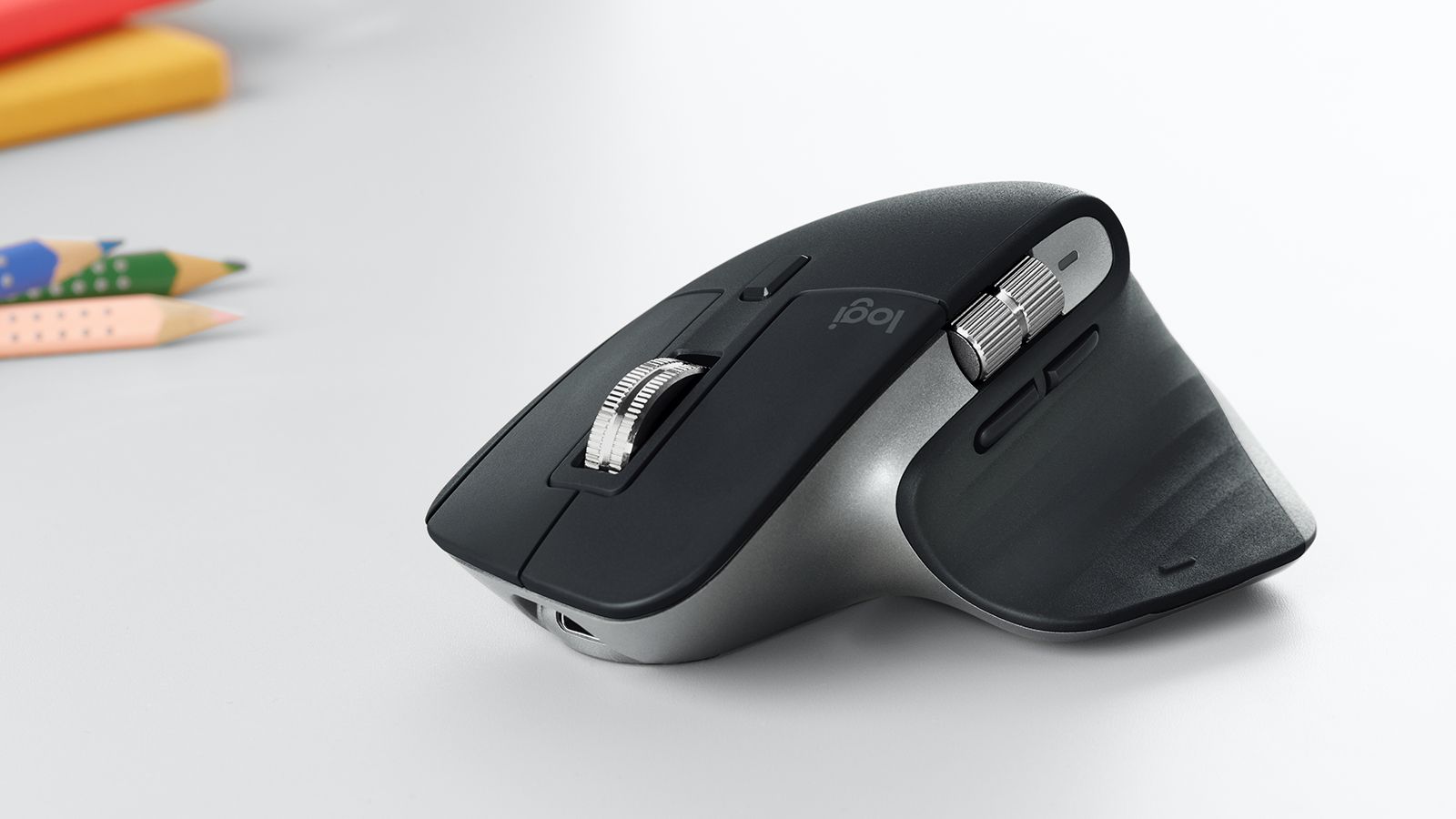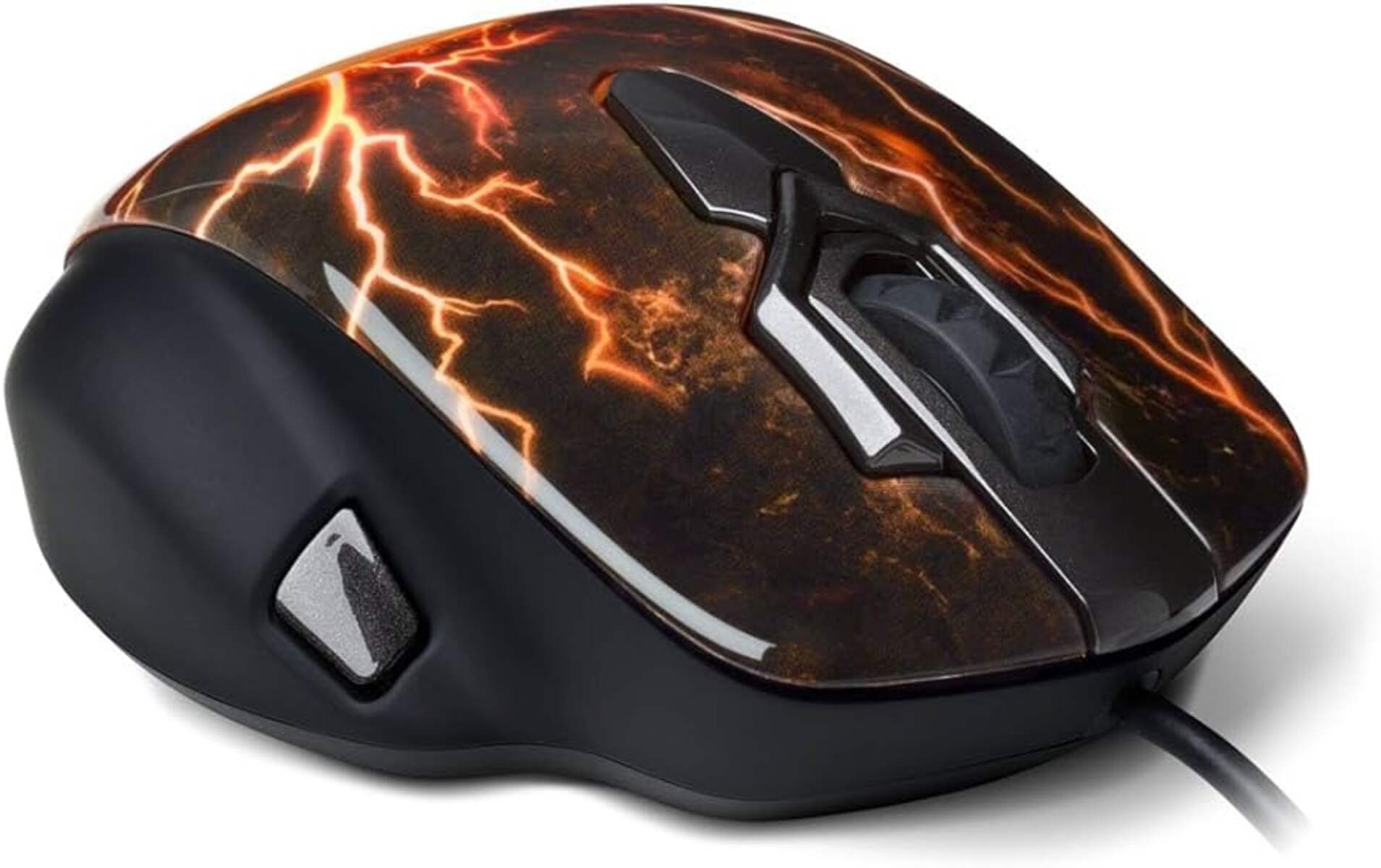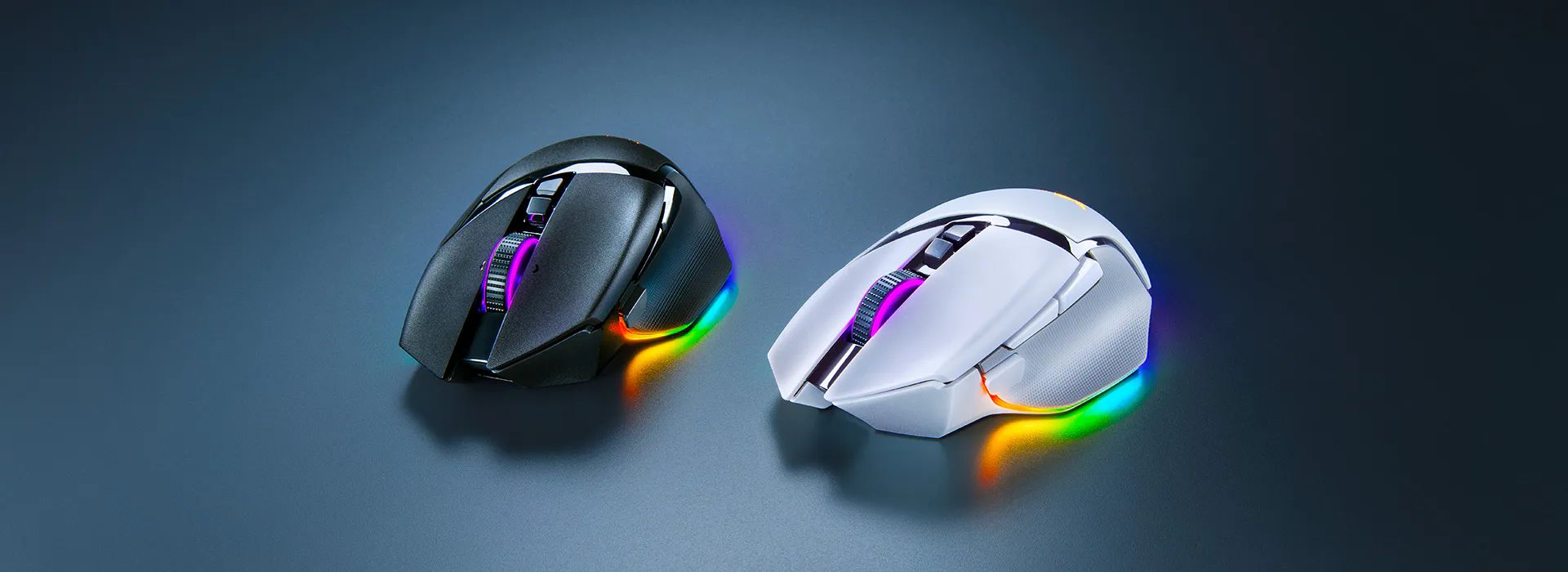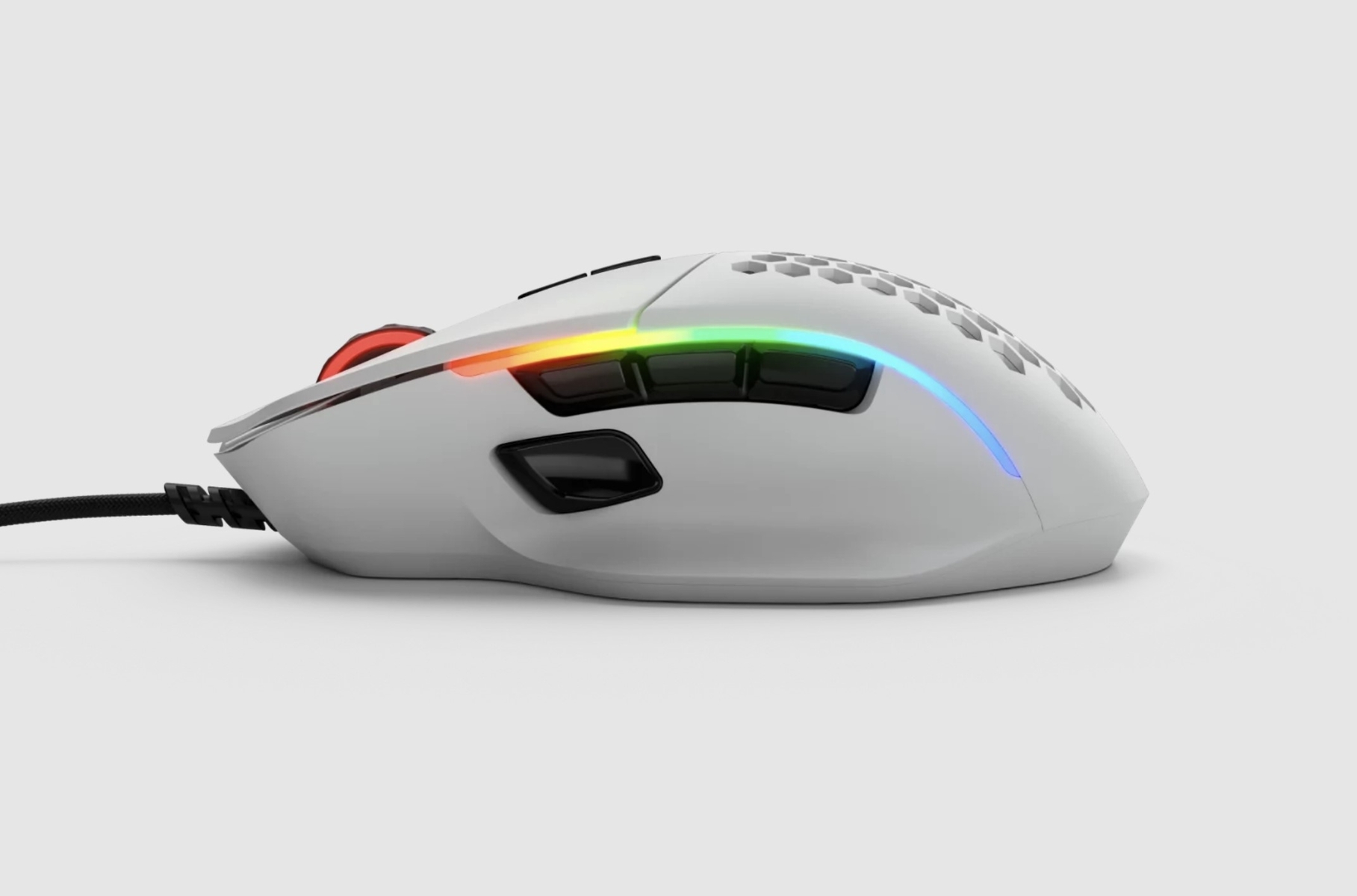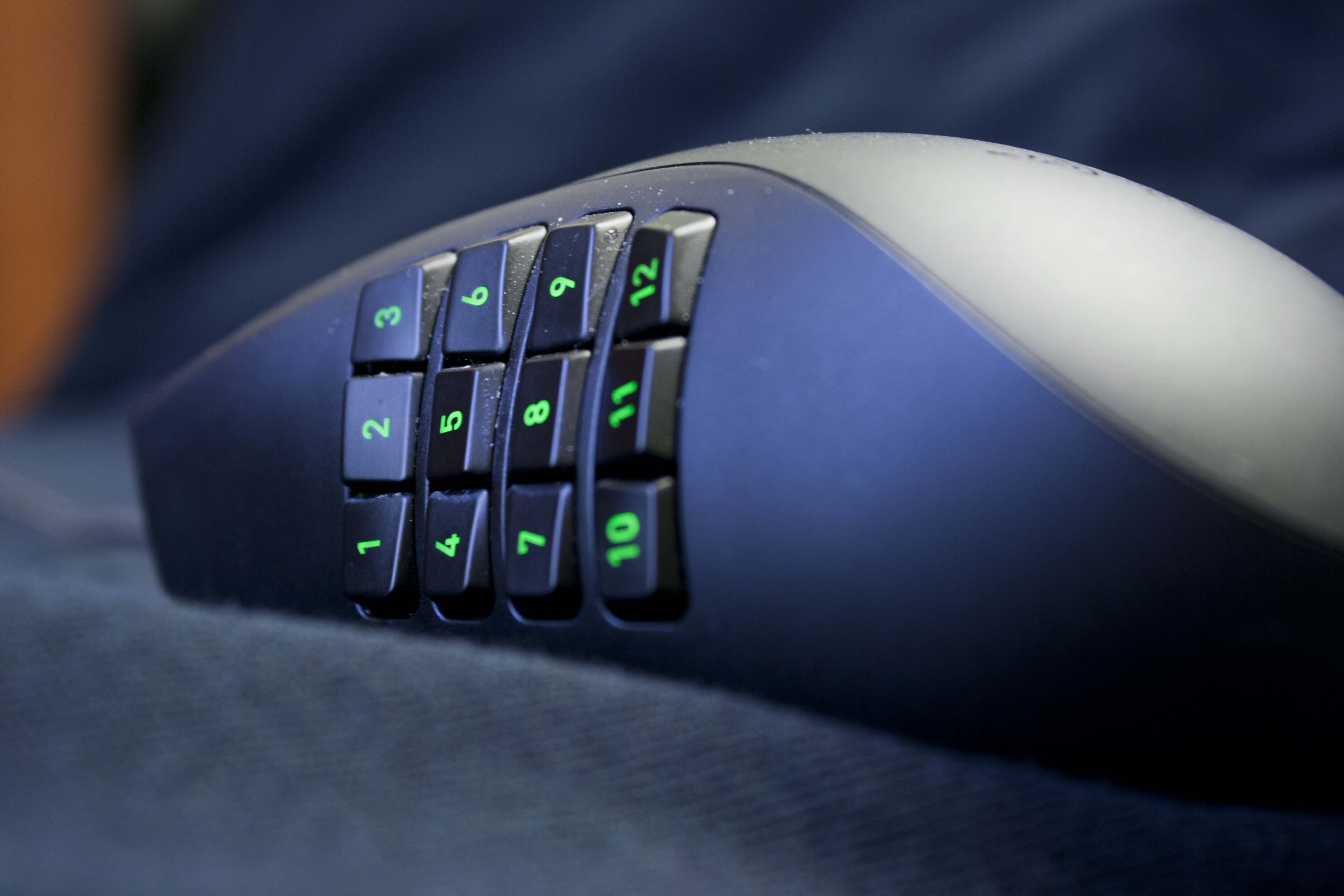Introduction
Using mouse macros can significantly enhance your efficiency and productivity, especially in tasks that require repetitive actions. While gaming mice often come equipped with dedicated software for creating and assigning macros, you can still leverage the power of mouse macros even if you don't own a gaming mouse. In this article, we'll explore how you can utilize mouse macros without a gaming mouse, enabling you to streamline your workflow and simplify complex tasks.
Mouse macros are essentially a series of pre-defined actions or keystrokes that can be triggered by a single mouse click or button press. These macros can automate repetitive tasks, such as executing complex commands, navigating through menus, or performing specific actions in games or applications. By utilizing mouse macros, you can save time and reduce the risk of errors associated with manual input, ultimately boosting your overall productivity.
While dedicated gaming mice often come with software that allows users to create and assign macros, non-gaming mice can also benefit from the use of third-party software to achieve similar functionality. By leveraging these tools, you can customize your mouse to perform a wide range of tasks with a single click, regardless of whether you're using a gaming or non-gaming mouse.
In the following sections, we'll delve into the process of creating and assigning mouse macros using software, as well as how to apply these macros to non-gaming mice. We'll also discuss the importance of testing and adjusting your mouse macros to ensure they function seamlessly. By the end of this article, you'll have a comprehensive understanding of how to harness the power of mouse macros, even without a dedicated gaming mouse. Let's dive in and explore the world of mouse macros beyond the realm of gaming peripherals.
What are Mouse Macros?
Mouse macros are predefined sequences of actions or commands that can be executed with a single mouse click or button press. These sequences can encompass a wide range of operations, including keyboard inputs, mouse movements, and specific functions within applications or games. By utilizing mouse macros, users can automate repetitive tasks, streamline complex operations, and enhance their overall efficiency.
When you create a mouse macro, you essentially record a series of inputs or actions that you commonly perform. This could include a combination of keystrokes, mouse clicks, or specific movements. Once recorded, these actions can be triggered by a single command, such as pressing a designated mouse button. This automation can be particularly beneficial in scenarios where repetitive tasks or intricate sequences of actions are involved.
For example, in a gaming context, a mouse macro could be used to execute a complex series of commands with a single click. This might involve casting multiple spells in rapid succession or executing a precise sequence of movements in a strategy game. In a professional environment, mouse macros can streamline workflows by automating repetitive tasks, such as formatting documents, entering data, or navigating through complex software interfaces.
Furthermore, mouse macros can be tailored to individual preferences and requirements. Users have the flexibility to create custom macros that align with their specific needs, allowing for personalized automation of tasks and actions. Whether it’s streamlining productivity in the workplace or gaining a competitive edge in gaming, the versatility of mouse macros makes them a valuable tool for a diverse range of users.
It’s important to note that while gaming mice often come with dedicated software for creating and assigning macros, non-gaming mice can also benefit from the use of third-party software to achieve similar functionality. This means that even if you don’t have a gaming mouse, you can still harness the power of mouse macros by leveraging the right tools and software.
Using Software to Create Mouse Macros
To create and manage mouse macros, you can utilize a variety of software solutions that offer macro recording and customization capabilities. While gaming mice often come with proprietary software for macro creation, non-gaming mice can also leverage third-party applications to achieve similar functionality. These software tools provide intuitive interfaces and robust features that enable users to tailor their mouse macros to specific tasks and workflows.
One popular software option for creating mouse macros is AutoHotkey. This versatile scripting language and automation tool allow users to create custom scripts for automating various tasks, including mouse and keyboard inputs. With AutoHotkey, you can record and playback mouse actions, assign macros to specific mouse buttons, and customize the behavior of your mouse to suit your requirements.
Another widely used software for macro creation is Pulover’s Macro Creator. This user-friendly automation tool offers a visual macro editor that allows you to record mouse movements, clicks, and keystrokes. You can then edit and fine-tune the recorded macros to ensure they align precisely with your intended actions. Pulover’s Macro Creator provides an accessible platform for creating and managing mouse macros, making it suitable for both gaming and productivity-related tasks.
For those seeking a more comprehensive macro creation and automation solution, programs like Macro Recorder and TinyTask offer extensive features for recording and executing mouse macros. These applications enable users to create intricate macros that encompass a wide range of actions, from simple mouse clicks to complex sequences of commands. With these tools, you can streamline repetitive tasks and optimize your workflow through the efficient use of mouse macros.
Regardless of the software you choose, the key lies in finding a solution that aligns with your specific needs and provides the functionality required to create and assign mouse macros effectively. By exploring the diverse range of macro creation software available, you can discover the tool that best complements your workflow and empowers you to leverage the full potential of mouse macros, even without a dedicated gaming mouse.
Assigning Mouse Macros to Non-Gaming Mice
While gaming mice often come equipped with dedicated software for assigning macros to specific buttons, non-gaming mice can also benefit from the functionality of macro assignment through the use of third-party software. By leveraging these tools, you can customize the behavior of your non-gaming mouse and assign macros to its buttons, enabling seamless integration of macro functionality.
One approach to assigning mouse macros to non-gaming mice involves utilizing software solutions that offer button remapping and macro assignment features. Tools such as X-Mouse Button Control and Logitech G HUB provide a platform for customizing the behavior of mouse buttons, allowing users to assign macros and specific functions to each button on their non-gaming mice. This capability extends the functionality of non-gaming mice, enabling them to perform tasks that would typically be associated with gaming peripherals.
For example, with X-Mouse Button Control, you can assign custom macros to individual mouse buttons, specifying the sequence of actions or commands to be executed when a particular button is pressed. This level of customization empowers users to tailor their non-gaming mice to suit their specific workflow requirements, effectively integrating macro functionality into their existing peripherals.
Additionally, some third-party software solutions offer universal macro assignment capabilities, allowing users to assign macros to keyboard shortcuts that can be triggered using their non-gaming mice. This approach expands the scope of macro integration, enabling users to execute predefined actions and commands across a wide range of applications and tasks, regardless of the type of mouse being used.
By leveraging the diverse range of software tools available for macro assignment and button remapping, users can bridge the gap between non-gaming mice and the functionality typically associated with gaming peripherals. This flexibility empowers individuals to harness the power of mouse macros, optimizing their workflow and productivity without the need for a dedicated gaming mouse.
Testing and Adjusting Your Mouse Macros
Once you have created and assigned mouse macros to your non-gaming mouse, it’s crucial to thoroughly test and fine-tune their functionality to ensure seamless integration into your workflow. Testing your macros allows you to identify any potential issues and make adjustments to optimize their performance, ultimately maximizing their efficiency and reliability.
Begin by testing each macro in the specific context or application for which it was designed. Whether it’s a productivity tool, a creative software, or a game, executing the macro in its intended environment provides valuable insight into its effectiveness. Verify that the macro performs the expected actions accurately and consistently, paying close attention to any deviations from the desired behavior.
During the testing phase, consider the timing and sequence of actions within the macro. Ensure that the timing between individual actions is appropriate for the task at hand, and that the sequence of commands unfolds smoothly without interruptions or delays. Fine-tuning the timing and order of actions may be necessary to optimize the macro’s performance and enhance its overall efficiency.
Furthermore, assess the impact of the macros on your overall workflow. Determine whether the assigned macros streamline your tasks, boost productivity, and reduce manual input. If any macros prove to be less effective or require adjustments, take note of the specific areas that need refinement and consider how the macros can be optimized to better align with your workflow.
After testing your mouse macros, it’s essential to make any necessary adjustments based on the insights gained during the testing phase. This may involve refining the recorded actions, adjusting timing parameters, or reassigning macros to different buttons for improved accessibility. By iteratively refining and adjusting your macros, you can tailor them to suit your specific needs and ensure they seamlessly integrate into your daily tasks.
Regularly revisiting and fine-tuning your mouse macros is crucial, especially as your workflow and task requirements evolve over time. By continually testing and adjusting your macros, you can adapt them to changes in your workflow, ensuring that they remain an effective and efficient tool for enhancing productivity and simplifying complex tasks.
Conclusion
Embracing the potential of mouse macros without a dedicated gaming mouse opens up a world of possibilities for streamlining tasks, enhancing productivity, and optimizing workflows. By leveraging third-party software and customization tools, non-gaming mice can be empowered with the functionality typically associated with gaming peripherals, allowing users to create, assign, and utilize macros effectively.
Through the creation of mouse macros, users can automate repetitive tasks, execute complex commands, and navigate through applications with ease, regardless of the type of mouse being used. The versatility of mouse macros extends beyond gaming, offering valuable advantages in professional, creative, and everyday computing environments.
Testing and fine-tuning mouse macros are essential steps in ensuring their seamless integration into your workflow. By carefully assessing the performance of your macros and making iterative adjustments, you can optimize their functionality and tailor them to suit your specific needs. This ongoing process of refinement ensures that your macros remain effective tools for enhancing productivity and simplifying complex tasks.
As technology continues to evolve, the potential for macro customization and automation is set to expand, offering users even greater flexibility and efficiency in their daily computing experiences. Whether it’s streamlining professional workflows, enhancing creative endeavors, or gaining a competitive edge in gaming, the strategic use of mouse macros provides a valuable advantage.
By embracing the capabilities of mouse macros and exploring the diverse range of software tools available, users can harness the power of automation and customization, transforming their non-gaming mice into versatile productivity and gaming companions. The journey of discovering and implementing mouse macros without a gaming mouse is a testament to the adaptability and ingenuity of technology, empowering users to optimize their digital interactions and achieve greater efficiency in their daily tasks.







